What is Sivananda Yoga
The Sivananda practice is deeply rooted in classical yoga and a dharmic relationship that guides and motivates teachers and students to grow in their quest for awareness and knowledge of the universal, spiritual nature of Self. Ultimately, Self-realization comes through self-mastery based in practice.
In Sivananda Yoga, asana is always balanced with pranayama and relaxation, offering indirect control of the mind. A healthy vegetarian diet supports the practice. Finally, meditation coupled with positive thinking work directly to master the mind. Through these five principles, the practitioner comes to know and feel firsthand what is healthy, gives energy, reduces stress, focuses the mind, cultivates integrity, and connects to the flow of universal life.
These tenets came from Swami Vishnudevananda, a senior disciple of Sivananda Yoga founder H. H. Swami Sivananda. Swami Sivananda was an allopathic medical doctor born in the late 19th century who skillfully integrated vast portions of the universal teachings of yoga and Vedanta and shared that knowledge in more than 200 books. He saw yoga as a tool that practitioners could use for self-healing and to realize both the sacred unity and diversity of life.
Swami Sivananda’s teachings greatly influenced the development of future yoga gurus and their schools of yoga, including Swami Satchidananda and Integral Yoga and Swami Satyananda and the Bihar School of Yoga.
Swami Vishnudevananda, a yogi with exceptional mental focus and devotion, was the first of Swami Sivananda’s disciples sent to the West, in 1957. He systematized his guru’s practice and distilled the vast teachings of yoga into five points in order to make them accessible and relevant to everyone. Swami Vishnudevananda was one of the main international authorities on hatha and raja yoga of his time, authoring The Complete Illustrated Book of Yoga, published in 1960. In 1969, he created the first Sivananda Yoga teacher training and the International Sivananda Yoga Vedanta Centres, which have trained more than 45,000 yoga teachers worldwide “to practice and teach the ancient yogic knowledge for health, peace, unity in diversity, and Self-realization.” The teachings not only offer a complete hatha yoga experience, but also link the practice with the sage Patanjali’s raja yoga and the teachings of the Bhagavad Gita (service, meditation, devotion, and Vedanta philosophy).
Behind the Sequence Methodology
Sivananda asana practice, created by Swami Vishnudevananda, relies on a core sequence that includes a balanced set of 12 postures followed in a prescribed order, interspersed with periodic relaxation poses, such as Savasana (Corpse Pose). Each asana either augments or counterbalances the preceding one. A Sivananda Yoga practice also includes pranayama and opening and closing relaxations. The practice’s intention is to cultivate a meditative mental state, a sadhana, or self-study, that evolves into a focused ritual designed to awaken awareness of Self and sacred Presence.
The core sequence can be modified to accommodate either physical ability or time restraints. That means the sequence can be condensed into a 30-minute maintenance routine, or it can be extended to three hours for a deep dive into pranayama and each posture. Practiced rapidly, the postures maximize time while building strength, balance, and flexibility. Practiced slowly, each posture becomes a meditation.
All practice begins in Corpse Pose, with eyes closed and long, rhythmic breathing. Corpse Pose is followed by Dhyana Slokas (meditation chants) to tune attention and intention. Pranayama is near the beginning of shorter practices and near the end of longer practices. Practice always ends with a 10- to 15-minute Corpse Pose and a closing meditation, accompanied by chanting. As you follow this sequence, take at least 3-second inhalations and 3-second exhalations with each posture. Breaths become longer with practice. We warm up for the core sequence here with Sun Salutations.
Source: Taken from yogajournal.com. Photography - Narayana Pablo. Article - Sivananda Yoga Acharyas Swami Sivadasananda and Srinivasan.

